In 2025, the smart home AI system offers a distinct advantage over standalone smart devices, delivering seamless automation and personalized experiences. This analysis explores how these systems redefine intelligent living, their practical applications, benefits, and ability to overcome the limitations of disparate devices, showcasing why the smart home AI system is the future of home innovation.
Contents
Stepping into Intelligent Living
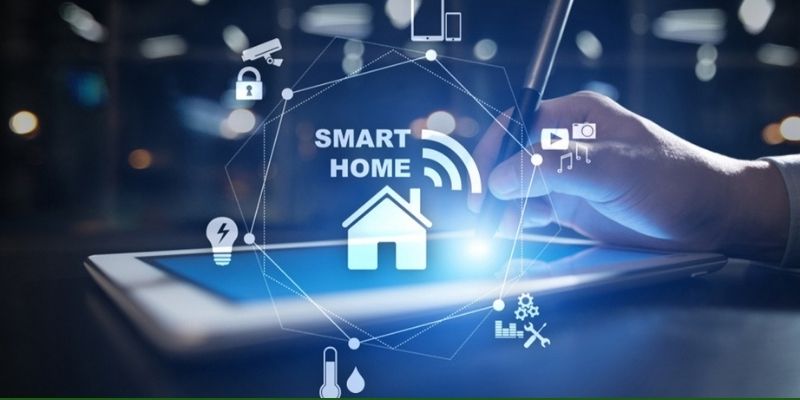
The concept of intelligent living has evolved from a futuristic vision to a tangible reality, driven by the smart home AI system. Unlike traditional homes that rely on manual control or isolated smart gadgets, a smart home AI system integrates devices – lights, thermostats, cameras, and more – into a cohesive ecosystem powered by AI. This system uses machine learning, data analytics, and real-time processing to anticipate user needs, optimize resources, and enhance comfort, creating a home that feels alive and responsive.
In 2025, the smart home AI system is at the heart of over 500 million smart homes worldwide, fueled by advancements in interoperable protocols like Matter and widespread 5G connectivity. These systems are accessible across demographics, from tech-savvy urbanites to retirees seeking simplicity, thanks to user-friendly interfaces like voice assistants and mobile apps.
Imagine a home that greets you with your favorite music, adjusts the temperature to your liking, and locks the doors automatically as you leave—all orchestrated by a smart home AI system. This leap toward intelligent living is not just about convenience but about redefining how we interact with our spaces, setting the stage for a deeper look at its capabilities.
The Smart Home AI System in Action
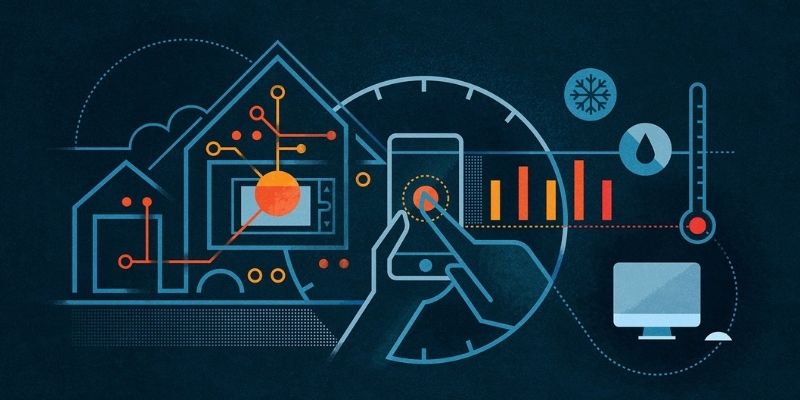
A smart home AI system operates as the brain of a connected home, coordinating devices to deliver seamless automation and tailored experiences. Its functionality is built on three core components: centralized intelligence, dynamic integration, and adaptive learning.
Centralized Intelligence
The smart home AI system uses a central hub or cloud-based platform to process data from all connected devices.
For example, a system like Home Assistant or Samsung SmartThings collects inputs from sensors, cameras, and user commands to make informed decisions. If you’re hosting a dinner party, the system might dim lights, play ambient music, and adjust the AC based on the number of guests detected, all without manual input.
Dynamic Integration
Unlike standalone devices, a smart home AI system ensures interoperability across brands and protocols, such as Zigbee, Z-Wave, or Wi-Fi. This allows a smart lock to sync with a doorbell camera or a thermostat to coordinate with window shades.
For instance, when the system detects rain via a weather API, it might close motorized blinds and turn on indoor lights, creating a cohesive response to external conditions.
Adaptive Learning
The AI learns from user behavior, refining its actions over time. If you consistently lower the thermostat at night, the smart home AI system will proactively adjust it, saving energy while maintaining comfort.
It also adapts to contextual cues, like reducing noise levels during virtual meetings detected via your calendar.
In practice, a smart home AI system might streamline your morning routine by brewing coffee, opening blinds, and displaying traffic updates on a smart mirror as you get ready. Its ability to integrate diverse devices and learn preferences ensures a fluid, intuitive experience, making it a game-changer for modern households.
Why Choose a Smart Home AI System?

The smart home AI system offers compelling advantages that make it a superior choice over fragmented smart devices, delivering value across efficiency, personalization, and scalability.
A smart home AI system orchestrates devices to work in harmony, eliminating the need for multiple apps or commands. For example, a single voice command like “Start movie night” can dim lights, lower blinds, and queue a film, saving time and effort. This unified approach contrasts with standalone devices that require individual control, streamlining daily tasks.
The system’s AI tailors environments to individual needs. It might adjust lighting to reduce eye strain for late-night readers or play calming sounds for a child’s bedtime routine, based on learned patterns. This personalization enhances comfort and well-being, making the smart home AI system a deeply human-centric solution.
By analyzing usage patterns and external data, the system optimizes resource consumption. It might shift appliance use to off-peak hours or turn off unused devices, reducing utility bills by up to 20%, according to 2025 energy studies. This efficiency makes the smart home AI system a sustainable choice for eco-conscious households.
The system supports easy expansion, allowing you to add devices like smart sprinklers or air purifiers without disrupting functionality. Its compatibility with universal standards ensures future-proofing, a key advantage over isolated gadgets. This scalability caters to evolving needs, from small apartments to large homes.
Integrated AI enhances safety by coordinating cameras, locks, and sensors to detect and respond to threats. For instance, the system might lock doors and alert you if a stranger is detected at night. This proactive security sets the smart home AI system apart from standalone cameras or alarms.
These benefits highlight why the smart home AI system is a transformative investment, offering a unified, intelligent approach to home management that disparate devices cannot match.
Overcoming Limitations of Disparate Smart Devices
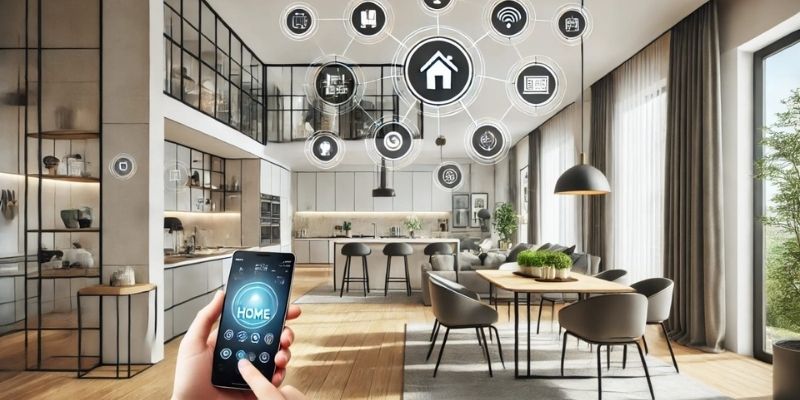
Disparate smart devices, while innovative, often fall short due to fragmentation, complexity, and limited intelligence. The smart home AI system addresses these limitations, creating a superior user experience.
- Standalone devices often use different apps or protocols, leading to a disjointed experience. A smart bulb might require one app, while a smart lock uses another, complicating control. The smart home AI system unifies these devices under a single platform, allowing seamless interaction via one app or voice assistant, reducing frustration and enhancing usability.
- Managing multiple devices can overwhelm users, especially non-tech-savvy ones. The smart home AI system simplifies operation through AI-driven automation and intuitive interfaces. For example, instead of manually adjusting each device, the system can execute complex routines—like preparing the house for sleep—with a single command.
- Individual smart devices often lack the ability to learn or coordinate. A standalone thermostat might follow a schedule but won’t adapt to unexpected changes, like an early return home. The smart home AI system uses AI to anticipate needs, syncing devices to respond dynamically, such as warming the house based on your GPS location.
- Disparate devices may suffer from connectivity issues or conflicting signals, especially in large homes. The smart home AI system leverages robust networks like Wi-Fi 7 or mesh protocols to ensure reliable communication, minimizing downtime and ensuring consistent performance.
The smart home AI system is the ultimate advantage in connected living, blending advanced AI with unified device control to create homes that are intuitive, efficient, and personalized. To Home Gadget Digest, by enabling intelligent automation, overcoming the drawbacks of disparate devices, and offering unmatched benefits, the smart home AI system redefines what it means to live smartly in 2025.




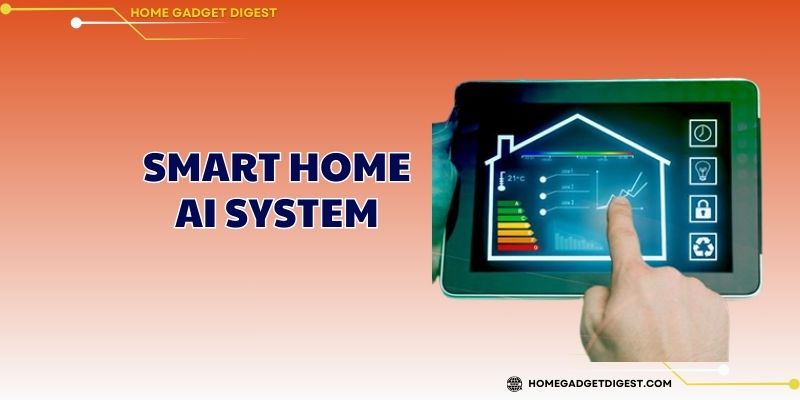

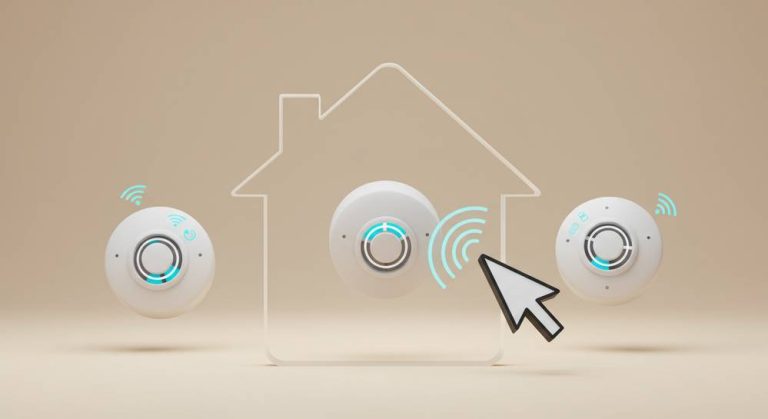
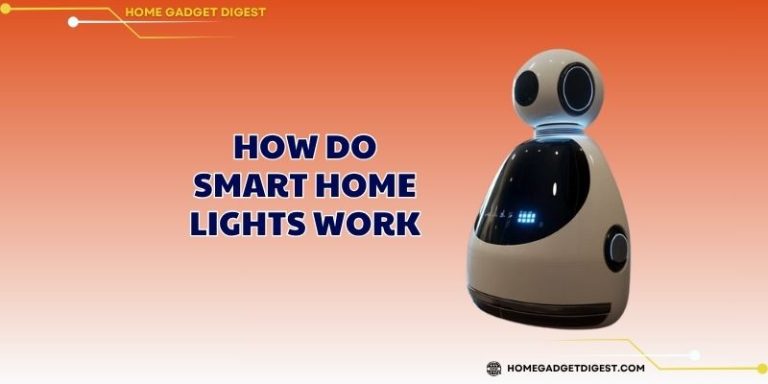



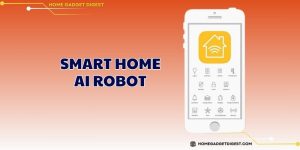
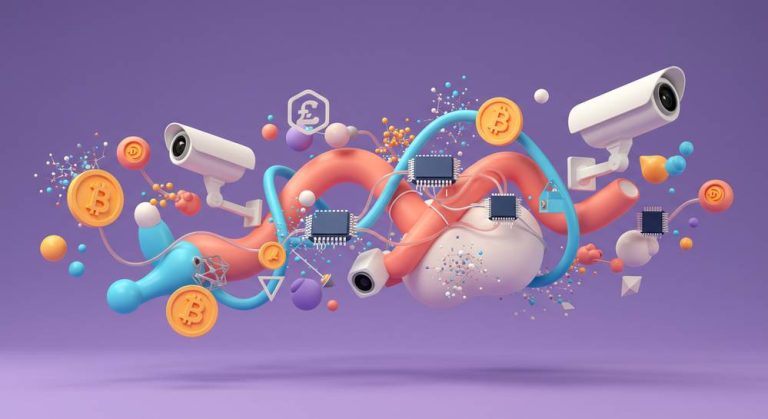
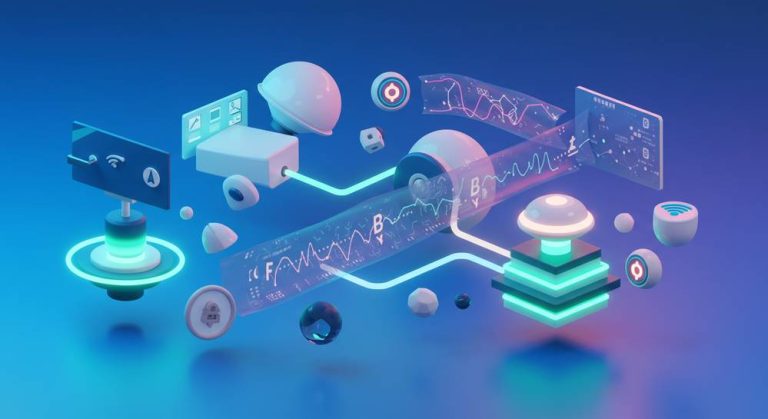
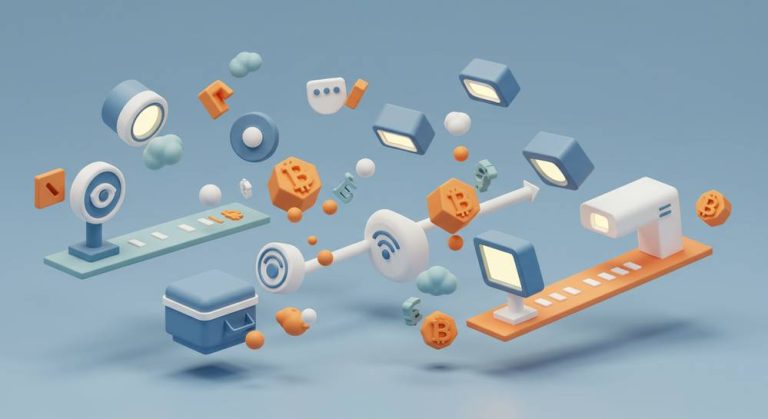

+ There are no comments
Add yours